Acquisitions are a strategic tool that can be used by a contractor when looking to grow outside of organic opportunities. For a contractor who is looking to grow through acquisition, there are many things to consider such as, strategic fit, geographical location, and culture to name a few. What is of equal importance is if acquiring the target company is a good investment and an efficient use of capital. There are numerous ways to assess an investment. The metric of choice for private equity and venture capital is the internal rate of return (IRR).
IRR determines a target’s attractiveness as an investment and is the primary tool used by companies looking to make an acquisition. It measures the total return of a company’s equity investment (money initially invested), including any additional equity contributions made or dividends paid out while the company owns the target.
Time is also considered when calculating IRR. Investments with a shorter time horizon will produce a larger IRR versus longer ones. The consideration of time and the receipt of payments during the investment makes it a more dynamic measurement than the well know Return on Investment (ROI). A higher IRR equates to a better investment. Companies looking to make acquisitions have historically sought a 20% + annualized return. IRR can be calculated by using a financial calculator or the IRR function in Microsoft Excel.
Traditionally, companies will utilize a loan from a bank to help pay for an acquisition, this is typically referred to as debt. A common financing structure is to have roughly 70% of the purchase price coming from debt and the remaining 30% coming from cash the buyer contributes to the deal. Cash contributed by the buyer is also known as equity. Like time, the amount of initial equity contributed will impact the IRR. Companies will typically use debt to help amplify the return needed to justify the acquisition of the target. When the risk associated with debt is managed correctly, it is an important tool in achieving higher returns from an acquisition and something that should be considered carefully.
Contractors will need to balance the appeal of increasing the return through debt versus the need to continue the bonding program through a strong balance sheet. Performance bonds are a risk mitigation instrument used by owners of construction projects to hedge against the default of a contractor during a project. In the event of a contractor defaulting during a project, a surety will step in and ensure the project is completed. Some well-known sureties are CNA, Zurich, and Cincinnati Insurance. Almost all States require by statue contractors to supply a bond on public projects like highways and schools. Similarly, projects with bank financing oftentimes require bonding as way to manage risk.
For many contractors, bonding is the lifeblood of the organization. Without bonding, the ability to acquire new projects becomes extremely difficult. Most underwriters of a surety are skeptical of growth through acquisition, and downright resistant when debt is added to the mix. At typical surety likes to see a well-capitalized contractor with debt less than twice the company’s equity. Additionally, they also like to see a contractor with a backlog that is less than 10 to 15 times the contractor’s equity. Obviously, large amounts of debt can adversely impact a company’s balance sheet (Assets – Liabilities = Equity). Working with your bonding agent and underwriter during the acquisition process will be important. Lowering the overhead of the acquisition to increase free cashflow will be a crucial step to make the deal less risky to the underwriter. Companies do not default because of debt; they default due to an inability to meet their debt obligations.
If you are interested in learning more about how Pease Capital can assist contractors in assessing acquisition targets as investment opportunities, please contact Chuck Fenske.
